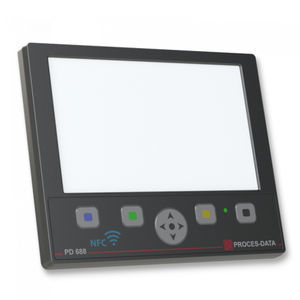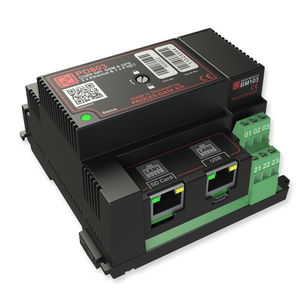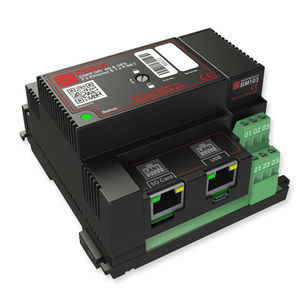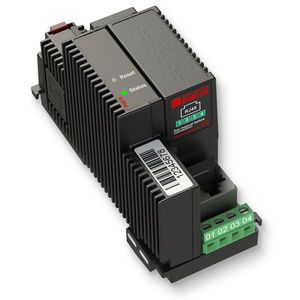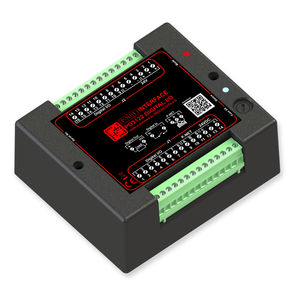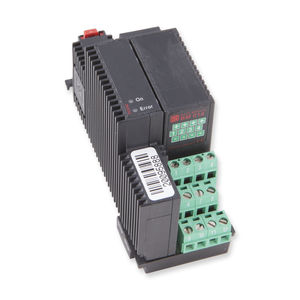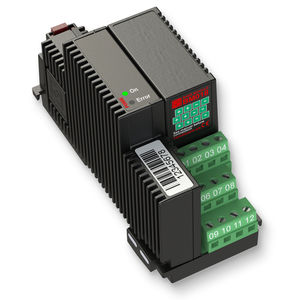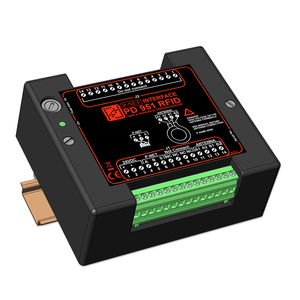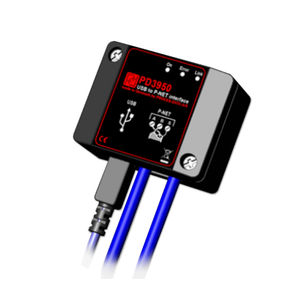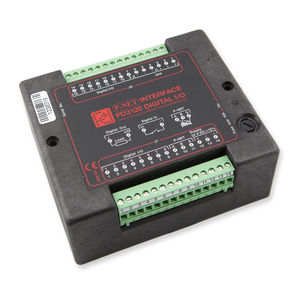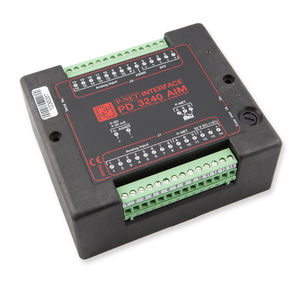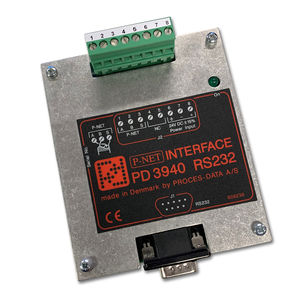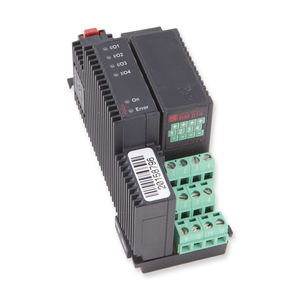
Digital I/O module PD621currentvoltageconfigurable



Add to favorites
Compare this product
Characteristics
- Signal type
- digital
- Applications
- voltage, current
- Other characteristics
- configurable
Description
• Individually Configurable Digital I/Os for nominal 24 volts signals and 1 amp (2 Amp) loads.
• Built in input and output functions.
• Autonomous counting to 200 Hz
• Load current measurement
• Overload/Underload protection and Alarming.
• Advanced internal self testing.
• Wide power supply range.
• Wide temperature range.
The PD 621 has six general-purpose digital channels, which are normally all configured for either input or output. When configured as an input device, the BM 005 Base Module is used. When configured as an output device, BM 006 is used. Alternatively, by configuring channels 1-4 as inputs and channels 5 and 6 as outputs, the latter can use the two built in relays in BM 004. All of these combinations provide easy-to-use DIN-rail mounting.
The diagram shows the I/O circuits and connection possibilities for a PD 621
Power supply DC:
Nom.
min.
max.
24.0 V
18.0 V
32.0 V
Ripple:
max.5
Power consumption @ 24Vdc
All outputs/inputs = ON
max.45 mA
All outputs/inputs = OFF
max.30 mA
Current requirement at power up:
max.60 mA
Digital Input
Input voltage at ON:
9 V
Input hysteresis:
min.0.3 V
Input current at ON:
max.3.4 mA
Input frequency:
max.200 Hz
Digital Output
Start current (Duration max 2 sec.)
max.2 A *)
Load current at ON (Sink only)
max.1 A
Leak current at OFF
max.500 μA
Short circuit cutoff delaytime (current > 2 A)
max.100 μsec
Oneshot and Dutycycle resolution
15.625 msec
Catalogs
No catalogs are available for this product.
See all of PROCES-DATA A/S‘s catalogsOther PROCES-DATA A/S products
INDUSTRIAL CONTROLLERS AND I/O MODULES
Related Searches
- Display module
- Industrial display module
- I O module
- Digital master module
- Analog master module
- Digital I O module
- LED display module
- Control display module
- Analog I O module
- Fieldbus I O module
- Programmable display module
- LCD HMI
- Serial I/O
- Graphic display module
- Interface module
- Serial I O module
- Communication module
- RFID reader-writer
- Ethernet I O module
- Built-in display module
*Prices are pre-tax. They exclude delivery charges and customs duties and do not include additional charges for installation or activation options. Prices are indicative only and may vary by country, with changes to the cost of raw materials and exchange rates.


